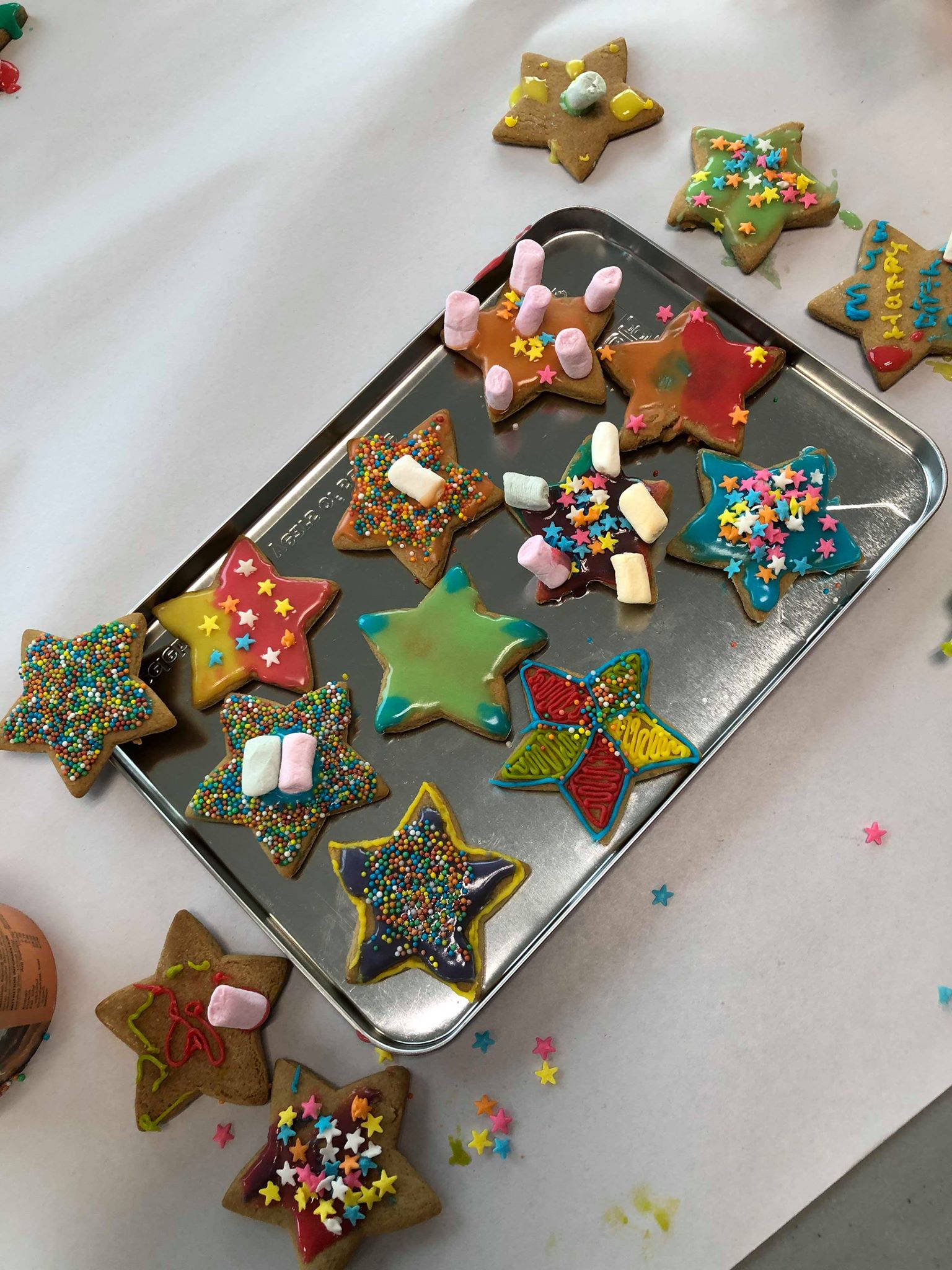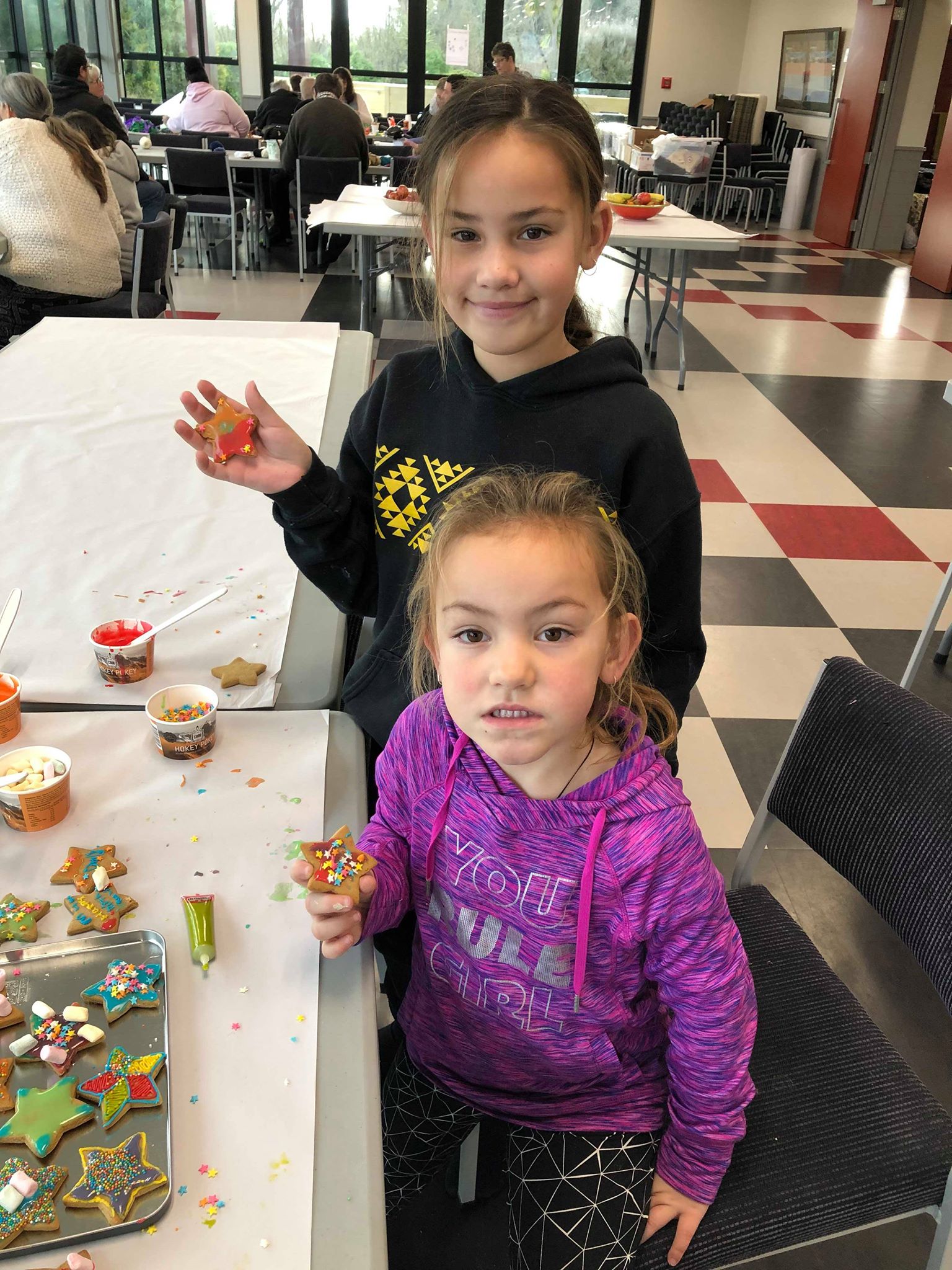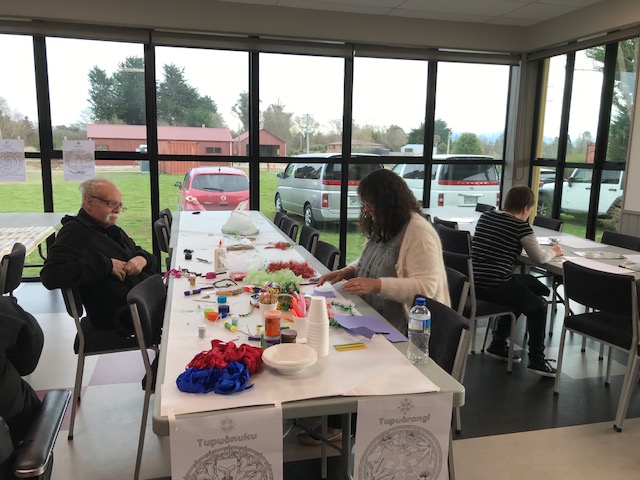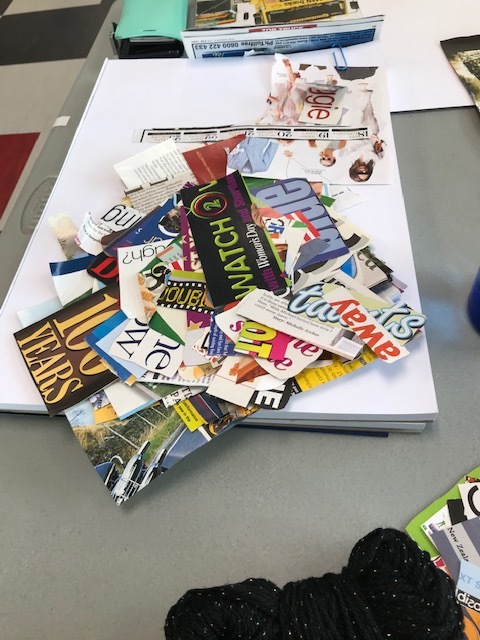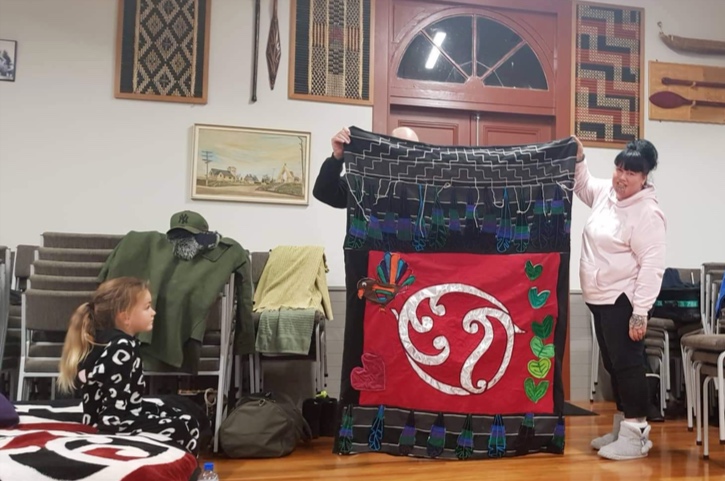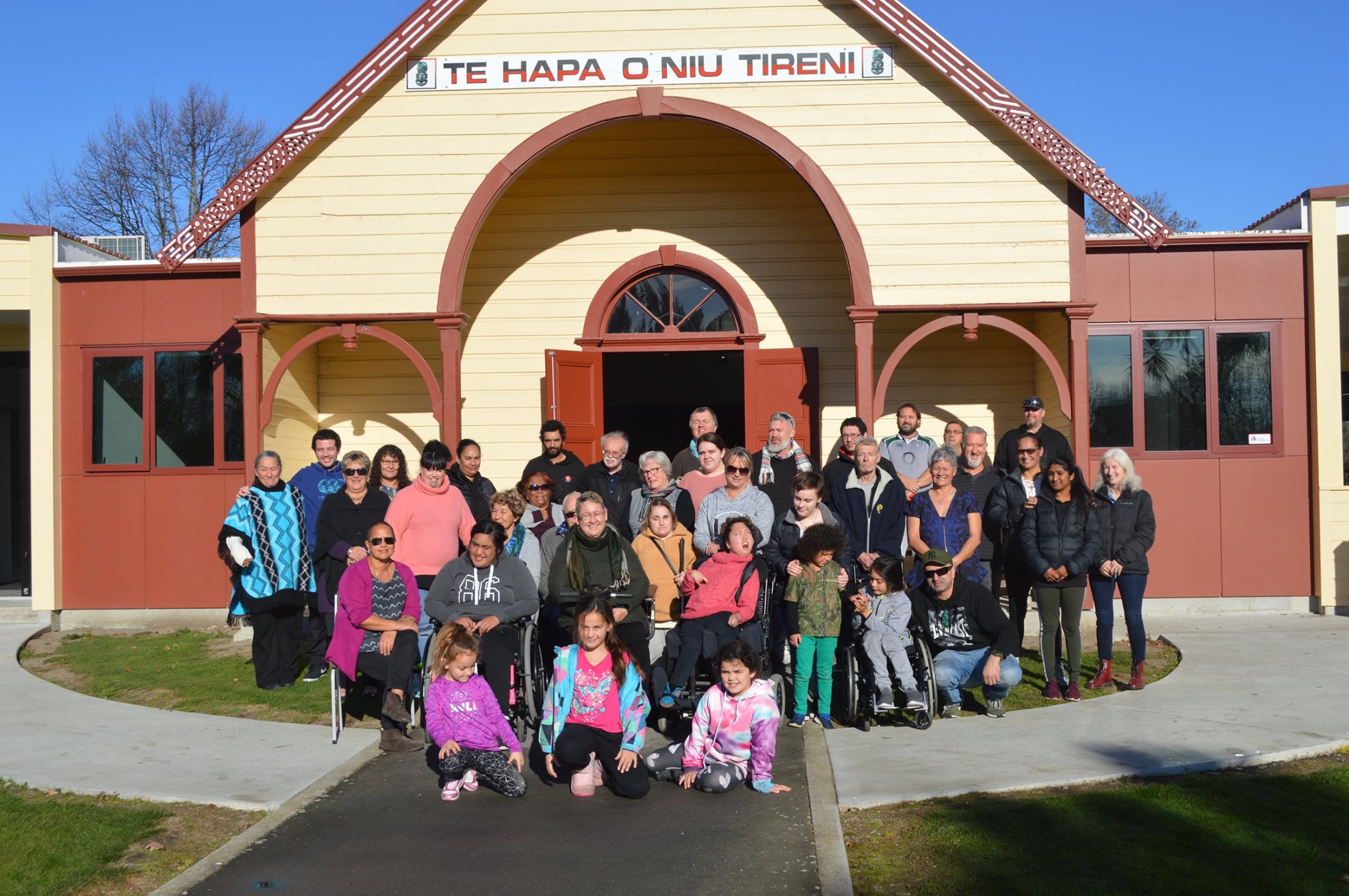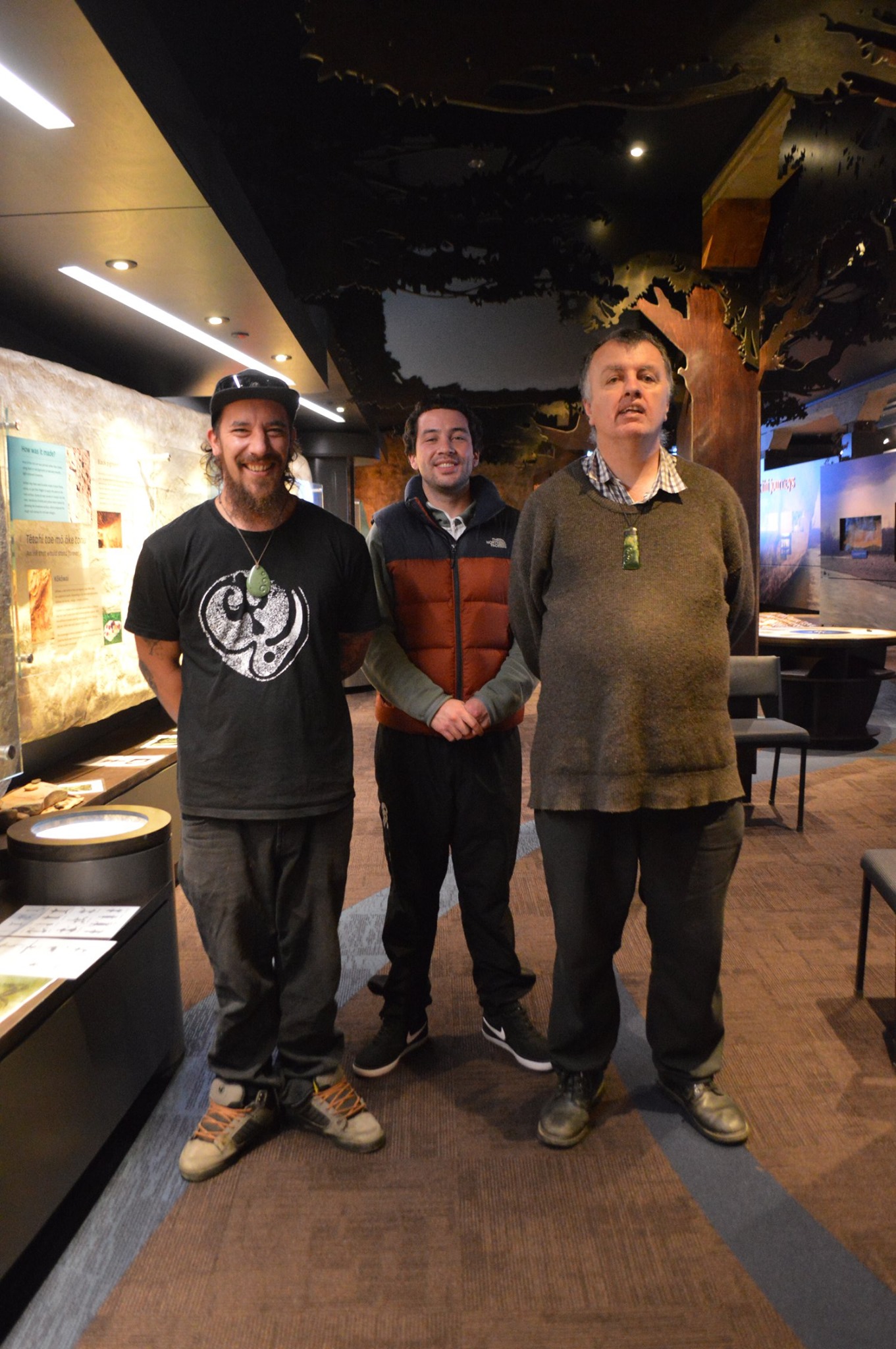Matariki is a time for gathering, and for sowing new seeds. Hei Whakapiki Mauri has been blessed to witness both of these in the last couple of months. Our whānau continues to grow and bed deeper into the wairua of who we are.
We had a marae noho from 21-23 June at Arowhenua and people commented on two things – how connected we are as a roopu; and how similar we were to a movement. The message of unity and diversity, which is embodied in our tohu, is demonstrated clearly when we get together. Like every whānau we have our ups and downs, and there are times when whānau don’t have energy to gather together, but at our marae noho, the mauri of Hei Whakapiki Mauri is clearly evident. Our whānau gather, drive over 150 kilometres to do this, provide mountains of baking and really generous koha.
Prior to the powhiri, whānau had a sense of anticipation and following this, over the three day hui, grew deeper bonds and connections that didn’t dissipate when we travelled home. The weekend was to celebrate who we are during the rise of Matariki. We did this by sharing stories, laughter, crafts, cookies, and, as ever, raising our voices heartily in whatever tune comes out at the time. Thank goodness for a guitar on the Saturday evening!
Here are a few photos that aptly illustrate the ways we acknowledge all the stars of Matariki.
Saturday morning was a time for vision boarding, collating the attributes of the whole whānau in a pictorial form, and making craft that represented who we are individually. We were very fortunate to have two beautiful activities on the Saturday afternoon, one was having the esteemed Dr. Terry Ryan speak with us about whakapapa and the other was a visit to the amazing rock art. Saturday evening was very much a dichotomy of emotions. The gratitude of Hei Whakapiki Mauri receiving a beautiful constructed tangi quilt from Waikura and the grief of knowing why this was needed.
The quilt is a symbolic korowai and a stunning legacy for our whānau who have passed on. The colours and design represent:
Poutama – representing mana tangata
Tui feathers – paua colours
Hei Whakapiki Mauri Tohu – representing unity and diversity
Silver water effect fabric – representing tangi roimata, and takaroa the wai, through which we enter Te Ao Wairua
Kawakawa leaves – tohu of tangi Parekawakawa
Heart – symbolising Te Puna Aroha
Piwaiwaka – another symbol we recognise during tangi
We finished the evening with, like every good hui, a series of uplifting waiata, led by Brett Russell. Sunday was a time of whakapai, planning forward for us as a roopu and acknowledging the hau kainga. It was unbelievably warm, both weather-wise and as a roopu. We acknowledged each other as we sat on the deck of Arowhenua, joined by some beautiful nannies and a kuri named Floyd.
A beautiful postscript emerged over the week as I heard on the kūmara vine that whānau from Arowhenua, and the inevitably-connected Simon (who biked) to Rapaki Marae were warmly greeted by the hau kainga there. Hei Whakapiki Mauri is continually humbled by not only supporting whānau but through being a part of the evolving stories of individuals, whānau and hapū that continue to weave the korowai for Hei Whakapiki Mauri.
